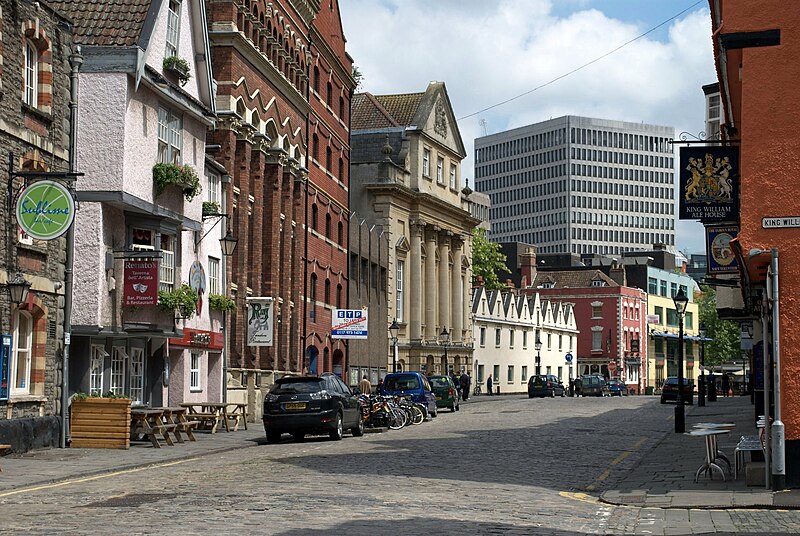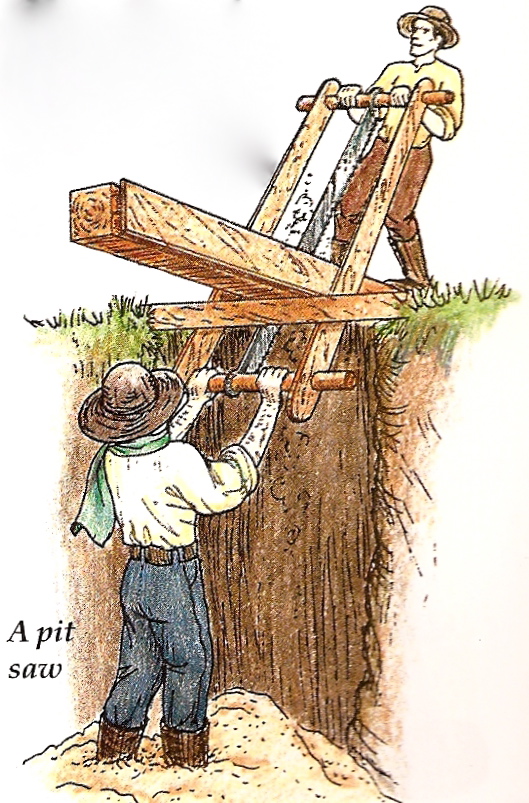
It was very interesting seeing how the grade II listed building was put together and changed over time- the bays at the front sheared off and the frontage flattened in line with Victorian fashion, the peaks of the gabled roof at the front pushed back so that the frontage has a flat top in line with Georgian trends etc. The rear of the building shown above has the loading hatch put in when it was a Victorian warehouse.
One of the most interesting parts was seeing where some of the lathwork and plastering on internal walls had been stripped away, so that the original seventeenth century studding (the supporting timber framework) could be seen.
Bristol was devastated during the English Civil War in the 17th century, with sieges and high taxes bringing the city to it's knees. When these buildings were constructed it made sense to re-use building materials left about the place after years of war, rather than expensive new materials. The bits of wood in this photo show this. Some have been cut with saws in a sawpit*, but others have been hewn into shape with axes, and still show the marks. Some, like the bit top left, are strange shapes. This is because they came from much older damaged buildings or ships and were brought here to be cut into shape then fitted. They are still here centuries later.
'Make do and mend' indeed!
*When someone is in charge, we call them 'top dog'. When they have no power or little chance of success (e.g. in sporting events) we call them the 'underdog'. Ever wondered why?
These terms come from the old way of sawing logs into timber. One person would stand in a pit across which the log to be cut would be laid. The other, more experienced, person would stand on top of the log and direct the cutting . Each would be holding a handle at an opposite end of a big two-handled saw. The man on top (or 'top dog') didn't have to work the saw as hard and stayed out of the mud and dust, whereas the 'underdog' in the pit would work much harder pushing and pulling the saw upwards, whilst being covered in sawdust and mud. Here's an image of one type of pit saw in use:

These terms come from the old way of sawing logs into timber. One person would stand in a pit across which the log to be cut would be laid. The other, more experienced, person would stand on top of the log and direct the cutting . Each would be holding a handle at an opposite end of a big two-handled saw. The man on top (or 'top dog') didn't have to work the saw as hard and stayed out of the mud and dust, whereas the 'underdog' in the pit would work much harder pushing and pulling the saw upwards, whilst being covered in sawdust and mud. Here's an image of one type of pit saw in use:

image from blog.carbideprocessors.com


No comments:
Post a Comment